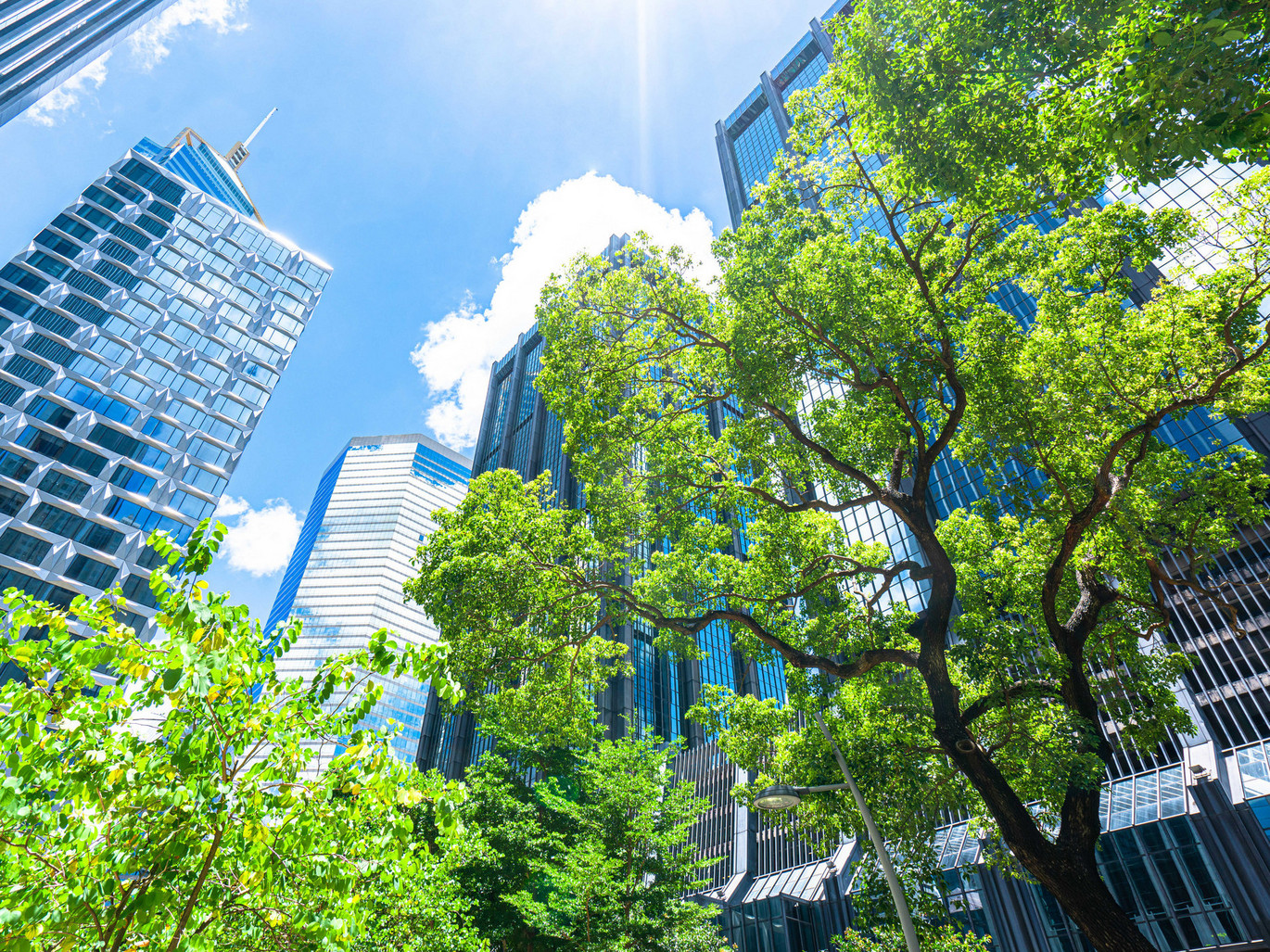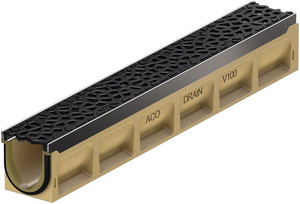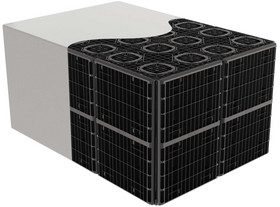Our cities are criss-crossed by major traffic routes. Roads take up a large part of the area and, following the model of the car-friendly city, are still primarily designed for motorised vehicles. The high levels of traffic have a negative impact on people, nature and infrastructure.
Urban trees are often a feature of busy streets. However, urban greenery is usually confined to narrow spaces between parking bays and pavements. Lack of space, high concentrations of pollutants and increasing water shortages put the plants under considerable stress, with the result that many urban trees stop growing or even die within a few years. Trees only reach their full climate protection potential after about 20 years, when they have developed a large crown. The larger the crown diameter, the more effective urban trees are at absorbing particulate matter and CO2 from the air, providing shade and lowering temperatures through evaporative cooling.
Sustainable tree protection therefore contributes directly to the health of the city's inhabitants. Based on its expertise in drainage, ACO has focused on the treatment and reuse of surface water. Using a flexibly combinable modular system, even heavily polluted water from traffic areas is treated using state-of-the-art technology, stored in cisterns and made available to plants during dry periods via intelligent irrigation systems instead of being discharged into the sewerage system. By avoiding mains water, potential bottlenecks in drinking water supplies can be avoided and groundwater reserves conserved.
The technical solutions for irrigation of urban green spaces are designed to meet the specific needs of local authorities and are planned and implemented in close consultation with urban planners and landscape architects. With its wide range of products, ACO can provide the right system for every project, from modular individual systems to complete self-sufficient solutions.






